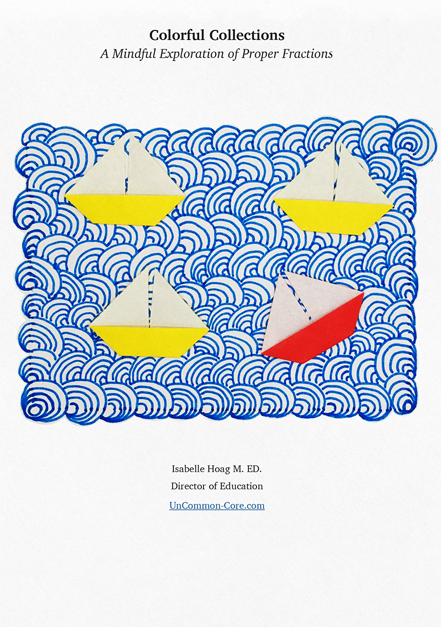
Dear Parents,
Your child is learning to count ~ which is not an easy task.
Remember what the world was like before you could count? Do you recall what challenges you faced while learning to count? What sort of misconceptions did you have about counting back then? Remember?
Me neither. Once you know how to count it is very difficult to remember how things were before that time. Fortunately, you don’t have to remember what it was like in order to help your child learn to count.
Ten Ways to Help Your Child Learn to Count
Invite your child to count different types of things.
Have your child close their eyes while you snap your fingers or clap. Ask them to count each sound in their mind and then tell you the total.
Let your child count flowers like a bee ~ hopping from one to another. Count hops, jumping jacks, steps, and somersaults.
Counting objects, sounds, actions, and durations (like minutes or seconds) helps your child become proficient at this essential math skill.
Does this seem like play? Good!
When children are having fun, their mind is open to new ideas and learning new things. Make up counting games with your child. Take turns counting to ten ~ and then back to one.
Count with your child often.
Counting with your child signals that you feel math is important. It also gives them a personal connection with numbers.
Have your child count large and small items.
Experienced counters know that size does not determine amount. Four sky scrapers have the same number as four camping tents.
Each shell is counted as one no matter its size.
Invite your child to count collections of items.
When counting things in collections such as animals, furniture, vehicles, or clothing, children learn that every item in the group counts as one.
A long novel counts as one ~ just like a picture book.
A tiny kitten counts as one animal ~ just like a giant giraffe.
A unicycle counts as one vehicle ~ just like a big cement mixer.
Count forwards and backwards!
Counting down is just as important as counting up. Start small ~ three, two, one! Look for times when you and your child can count backwards together.
Help your child connect the amount and the word with the symbol.
Read math books with your child often to help them associate the number names, symbols, and amounts together.
Have your child point to each item as they count. Make sure they know that the last number they say when counting tells the number of items.
Let them write the symbol for that number near the pictures of the items.
If your family speaks another language, count in that language, too.
Find special meaning for numbers.
Does your child have siblings? Pets? Cousins? Help your child connect the number of siblings, pets, or cousins with the name and symbol used to write those numbers.
Personal connections give numbers extra meaning.
Some numbers do not need counting.
Think of rolling fives on a pair of dice. Do you have to count the dots? Nope. Five dots usually appear in the same pattern on dice and playing cards.
Depending on the amount of items and their arrangement, sometimes we do not have to count, we can just look at the items and know how many are there. This happens most often with numbers less than ten, however it is still a very important skill.
Play card games and board games with your child. Encourage them to peek at an arrangement of dots and guess the number without counting. Ask them to describe different patterns for each number on playing cards.
Count with your child in many different situations.
Count in the car, during meals, playing games, brushing teeth. Count in as many different places as you can think of. This signals to your child’s mind that counting is an important activity. It also provides them with lots of counting practice.
Your child counts on you ~ Read more ways to help your child with math.
Share This Story, Choose Your Platform!
Download Colorful Collections:
A Mindful Exploration of Proper Fractions
Help your students make sense of fractions.
I started teaching in 1987, which means I’ve collected many tips and tricks along the way. In this ebook, I share concepts, strategies, and classroom materials to help you make math sticky.
Along with this useful ebook, you will receive weekly emails from StickyMath@UnCommon-Core.com. I send information like: teacher tips, educational ideas, book reviews, curated lists, reviews of educational sites, and free first drafts of products that I’m creating for my TPT store. That way, you get helpful ideas and free stuff, while I get some feedback before I finalize products and put them up for sale.
I value your privacy. I will never sell your information. You may unsubscribe at any time.
All the best!
Isabelle
Isabelle Hoag M. Ed.

